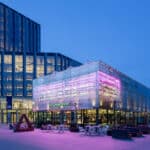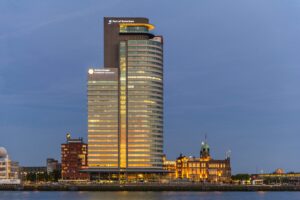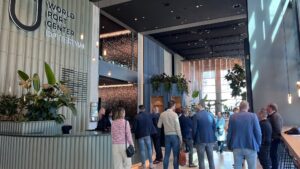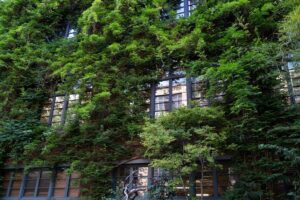
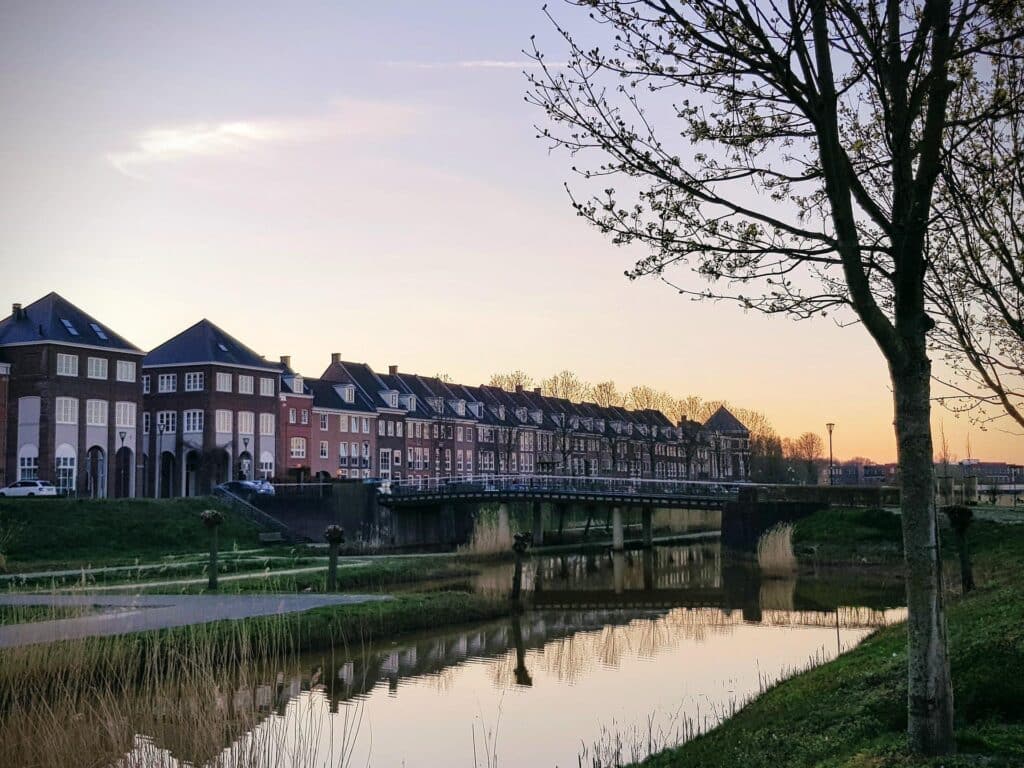
Series: Making your property more sustainable – The real estate manager
Of course there are many examples that can be used to make your building or organization more sustainable, but which steps do you logically take and when can you really say: “yes, I have a sustainable building”? In this part of the blog series “Making your property more sustainable” we discuss the role of the real estate manager. The property manager is not directly concerned with the investments in sustainable measures, but what can the manager do?
The influence of the real estate manager
What can the real estate manager do to make a property more sustainable? The manager relieves the owner of a property of the administrative, technical and commercial burden of renting out homes, office buildings, shops, catering establishments or other real estate. And when a real estate manager does his or her job well, it has many advantages. Think, for example, of improving the health of the building user, increasing productivity, creating satisfied tenants who therefore rent for longer, lower maintenance costs, lower risk of conflicts and lower energy costs. At present, sustainability plays an important role with regard to these aspects. However, the real estate manager is not directly involved in investing in sustainable measures, so how can he or she actually help?
Free up budget with quick wins
First of all, energy costs can be limited by reducing energy waste. Look for possible quick wins to save energy and reduce the costs for the lessee and/or lessor. Practice shows that 70% of the climate systems are not adjusted properly. A lot of energy can often be saved by regulating the climate systems properly. Optimising the regulation requires low to no investment, but energy costs are saved immediately. In consultation with the lessee and lessor, the reduction in energy costs can be used to invest in other energy-saving measures. In buildings with one or two lessees, this will obviously be easier to arrange than in an apartment complex with multiple lessees. Other possible quick wins include: optimising energy contracts, cleaning during office hours, activating timers on devices such as coffee machines and printers, and occupancy sensors for lighting in building sections that are used infrequently.
Sustainable at natural moments in time
Many sustainability measures require substantial investments. However, the additional costs of replacement are often not that high. If the roof is in need of renovation, invest in good insulation. If the window frames are rotten, fit HR++ or triple glazing in plastic window frames (which also saves on maintenance costs). If the fluorescent lighting fittings become defective, fit LED lighting. At these natural moments in time, investments in sustainable measures are only slightly more expensive than conventional measures, but a lot of energy can be saved. In this way, sustainable measures are largely charged to the maintenance budget.
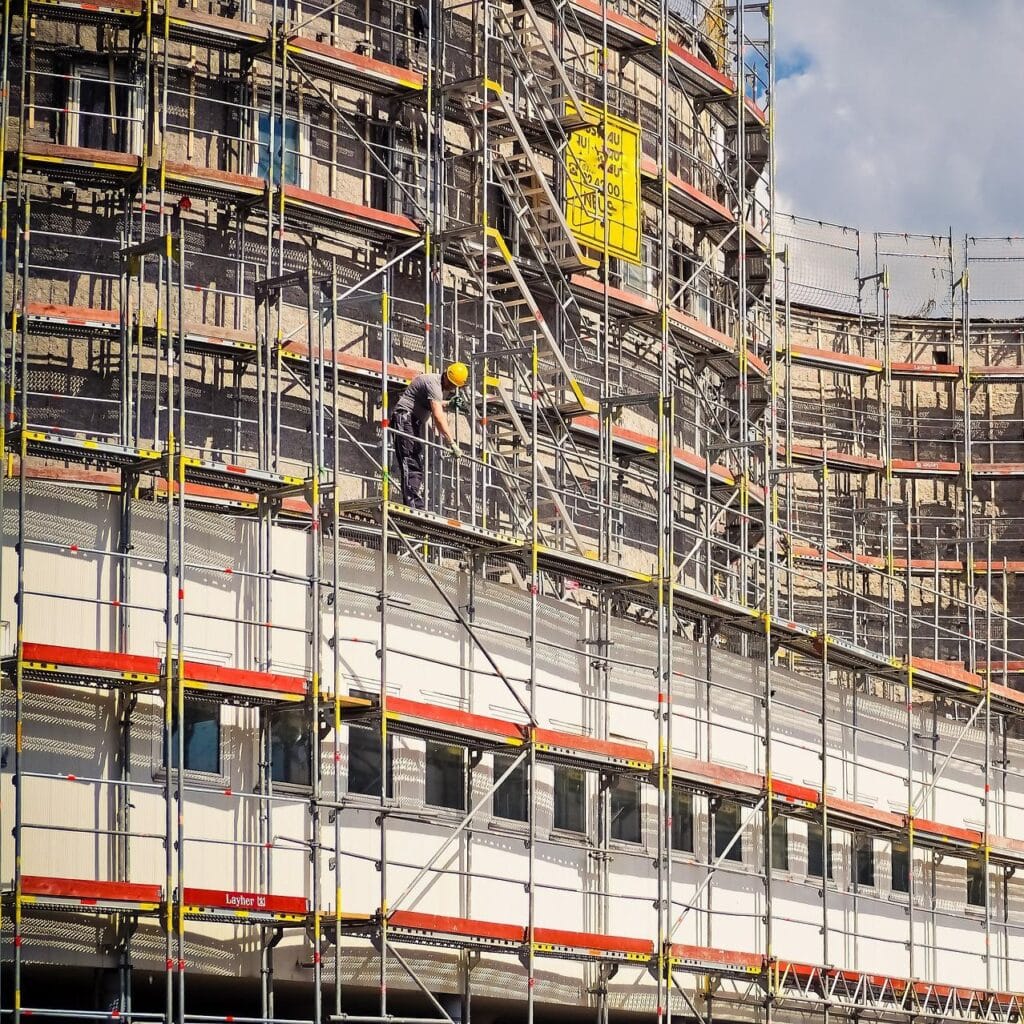
We are increasingly seeing that sustainable measures are included in the Sustainable Long-term Maintenance Plan (SLTMP). With the help of this SLTMP, you carry out sustainability measures automatically at natural moment in time.
Talk to the users and owner of the property
Not every building can be optimally preserved with sustainable maintenance alone. Discuss with the owner and users how sustainable measures can contribute to comfort, vision, business objectives, etc.
Give the lessee a say
If you give the lessee a say in the budget or in influencing the measures to be taken, the lessee will be more satisfied. An ideal opportunity, therefore, to improve the relationship with the lessee!
Do you want to know more about making your property more sustainable or do you have questions about this article? Please contact us or read the entire blog series.

